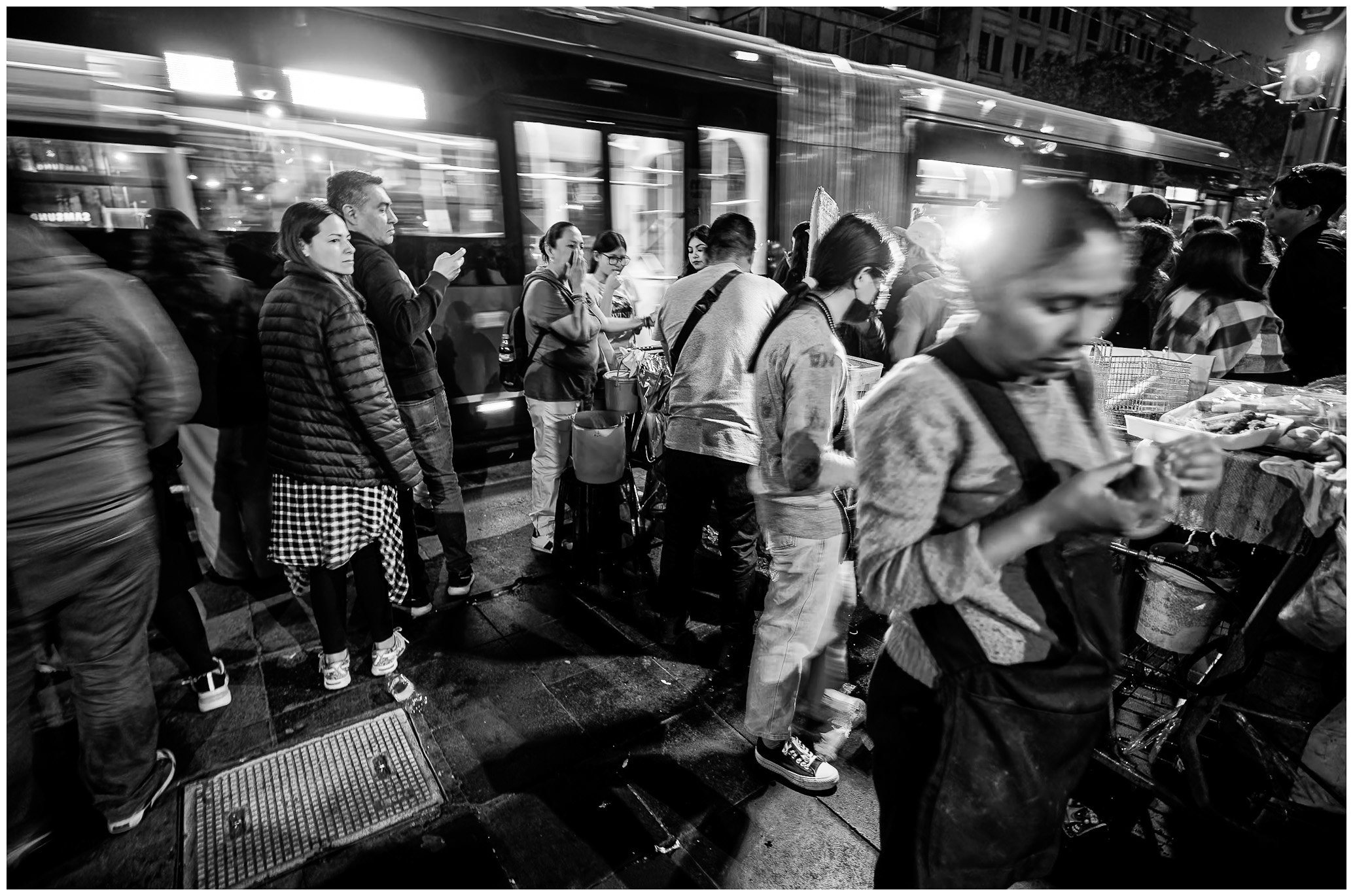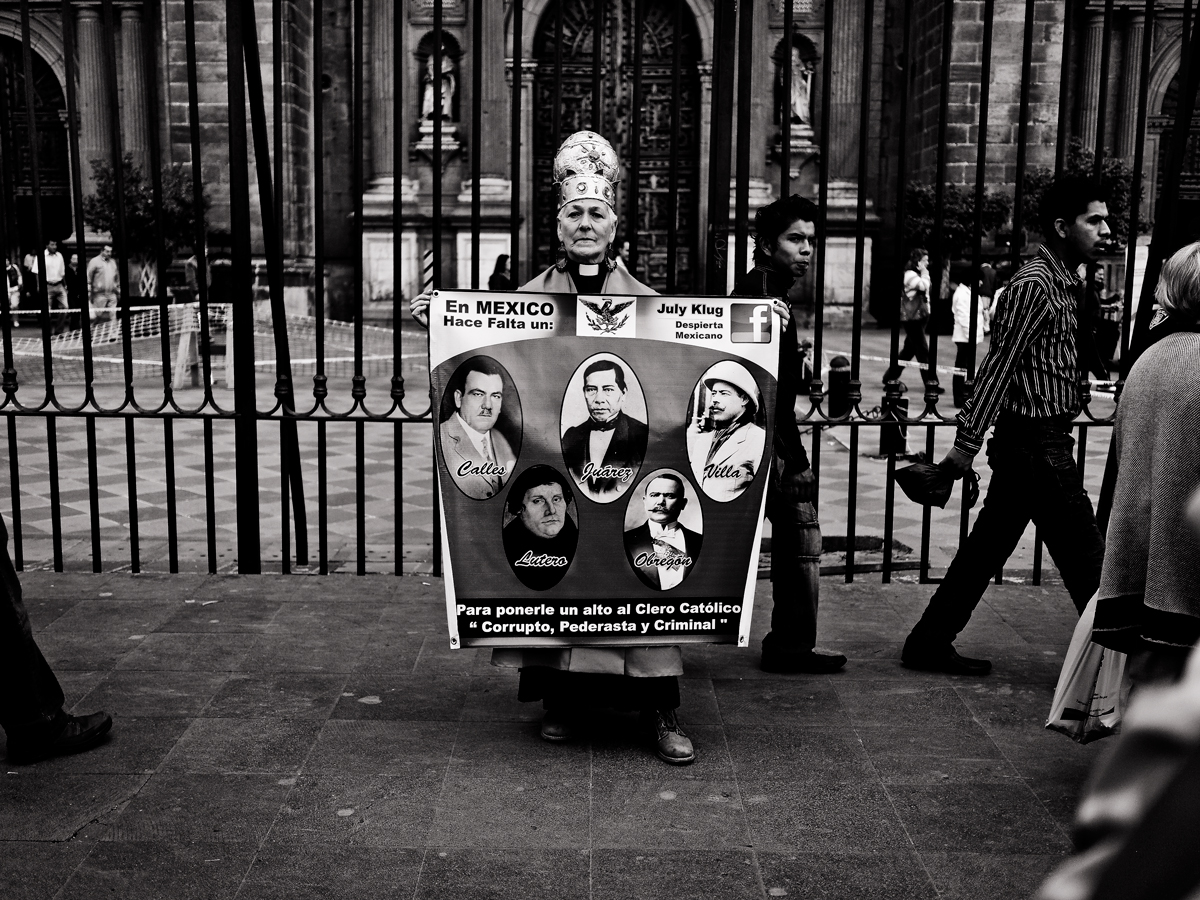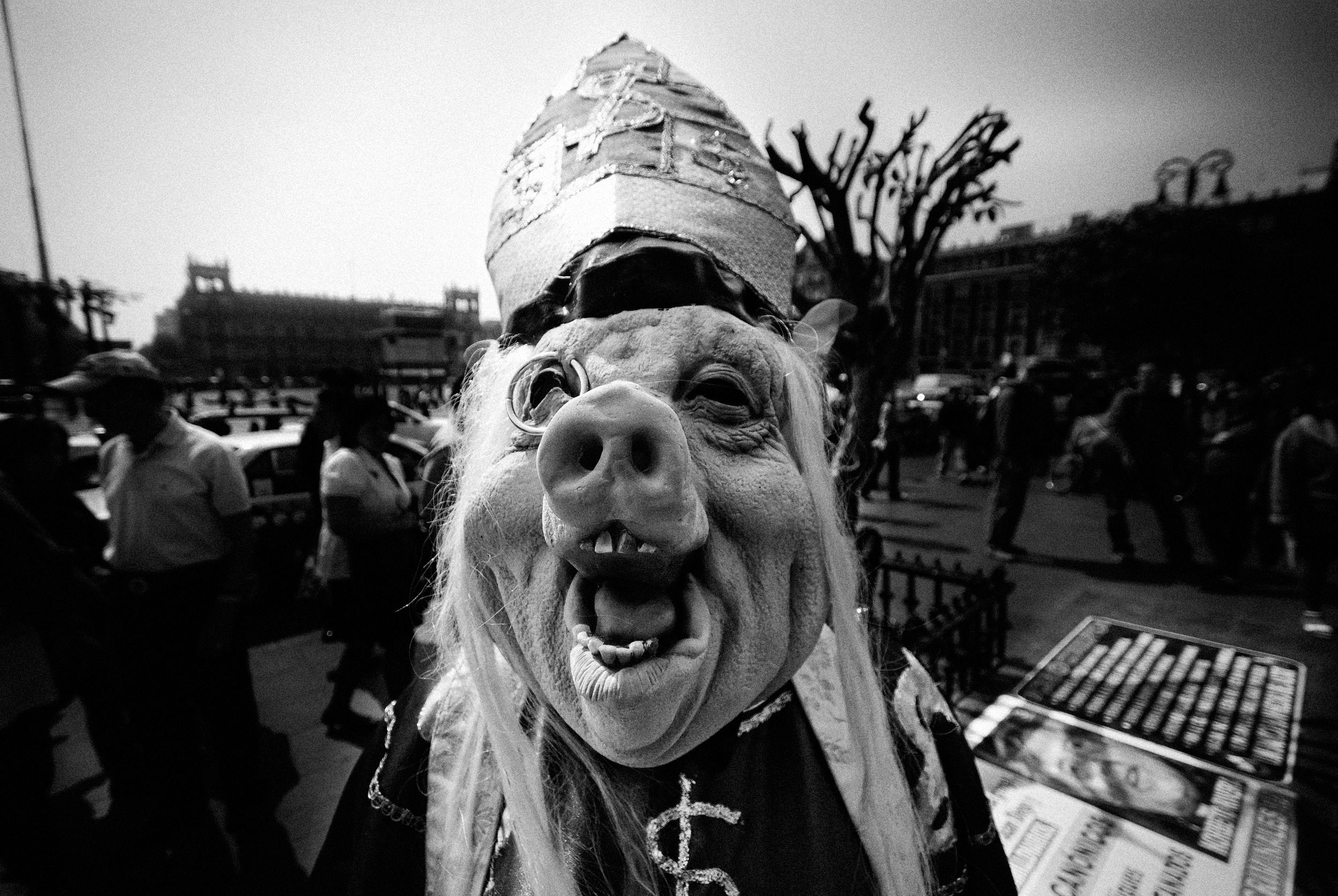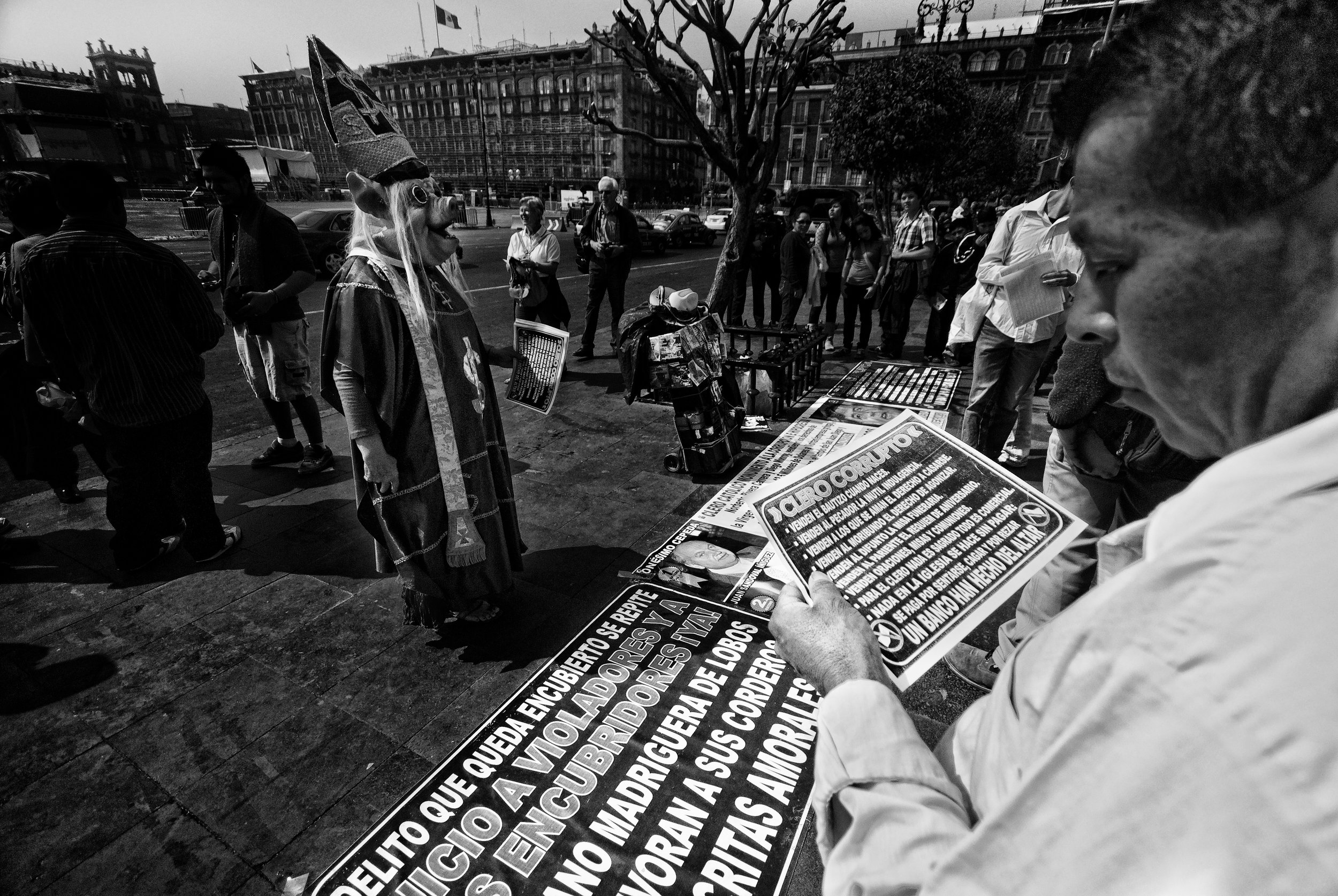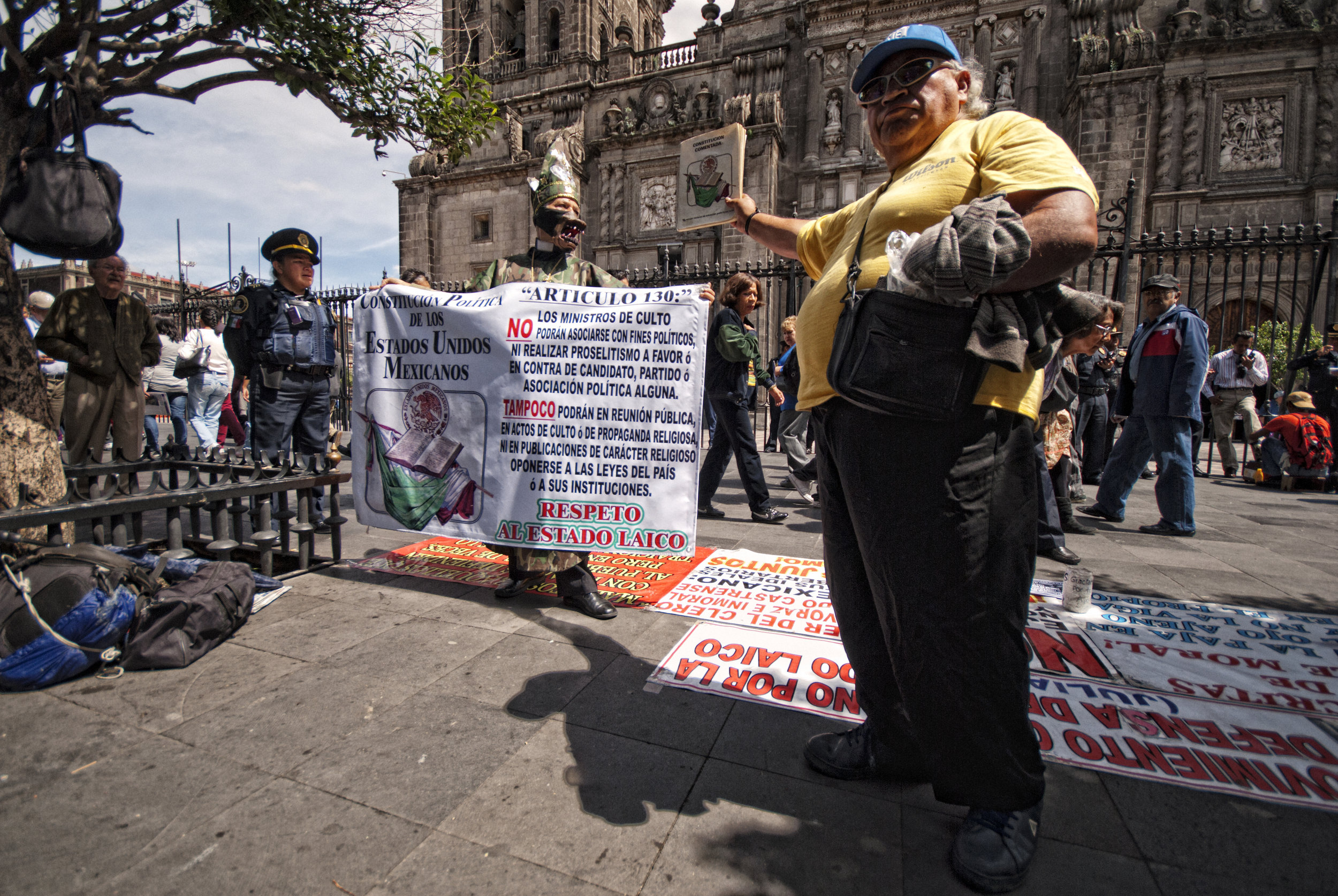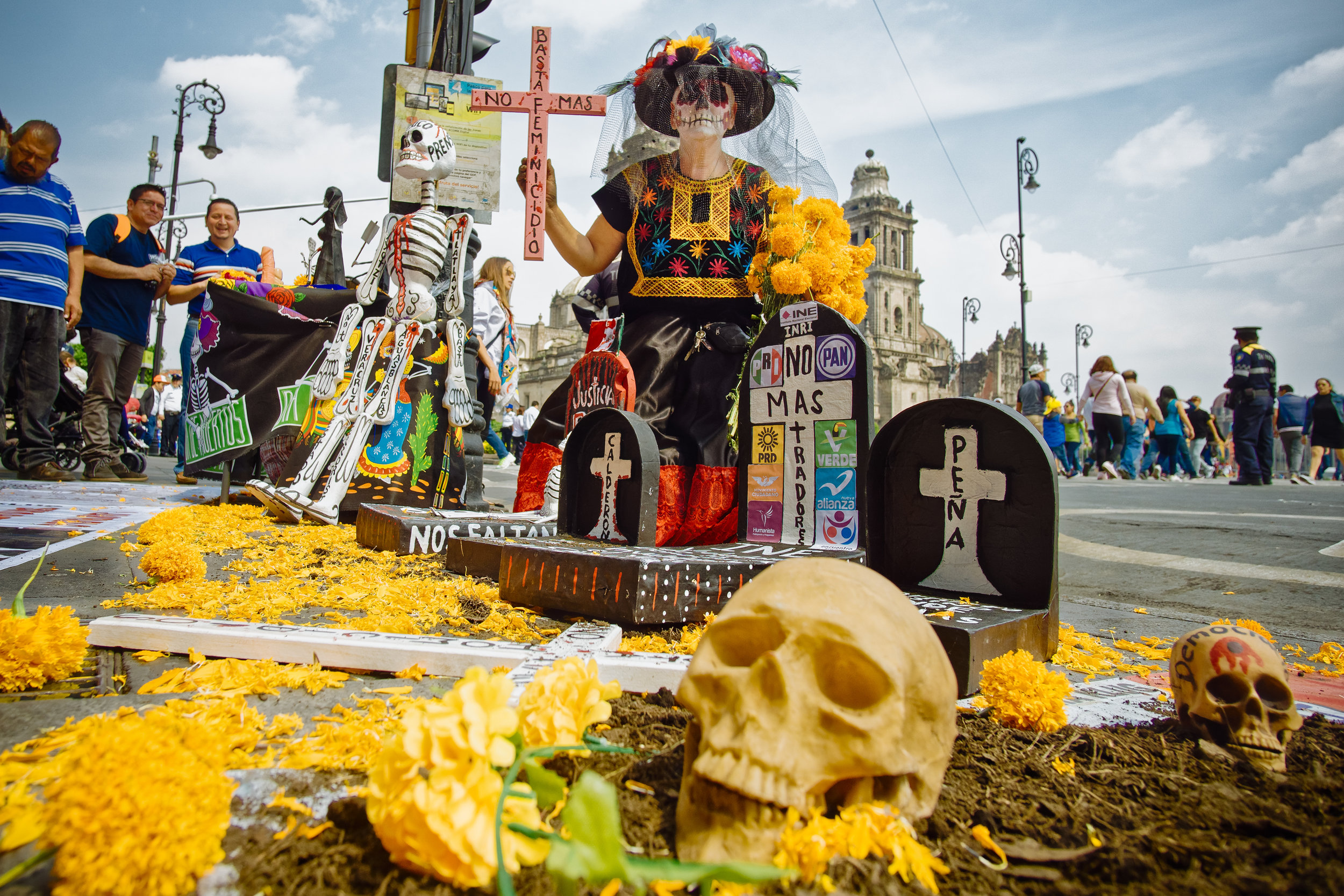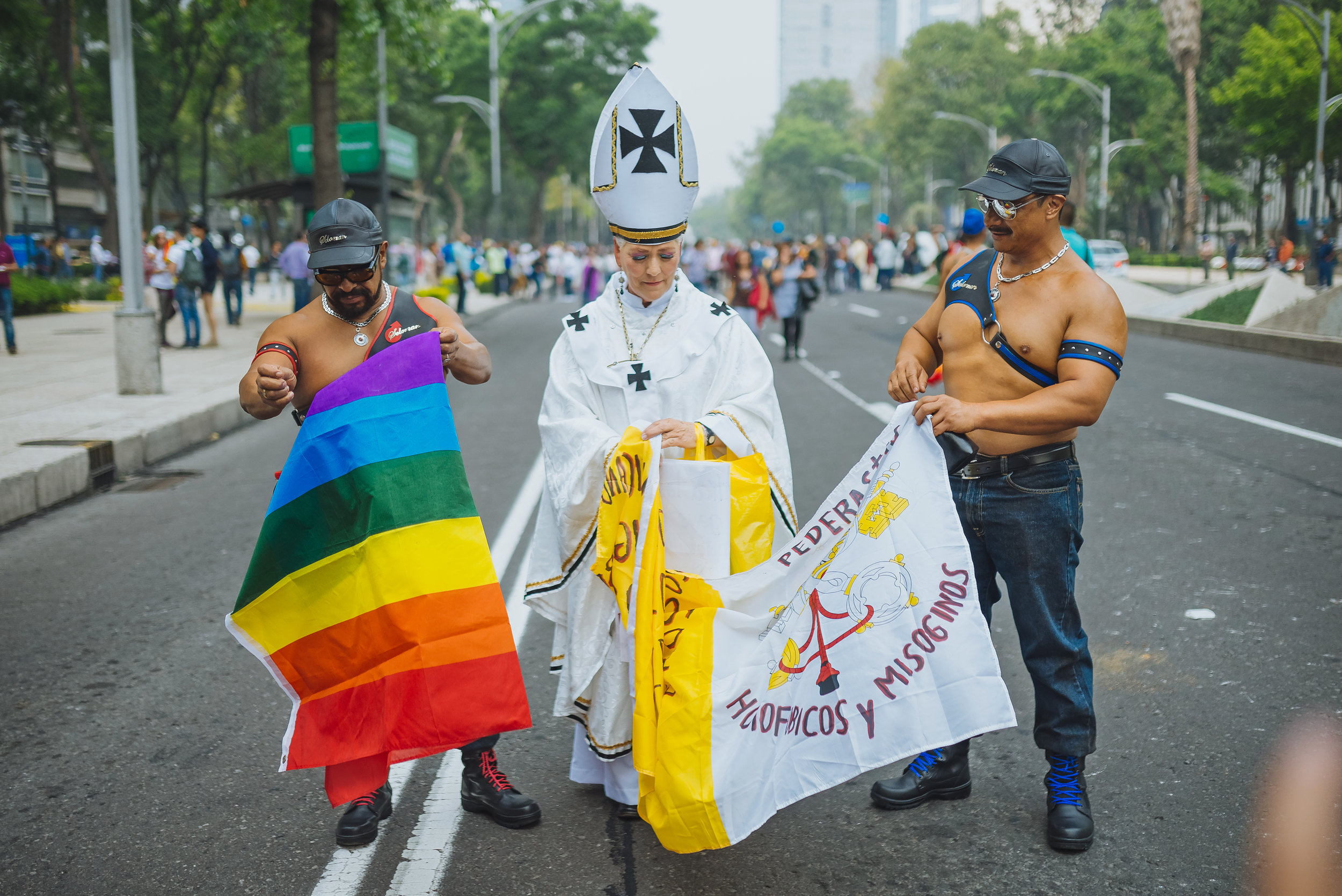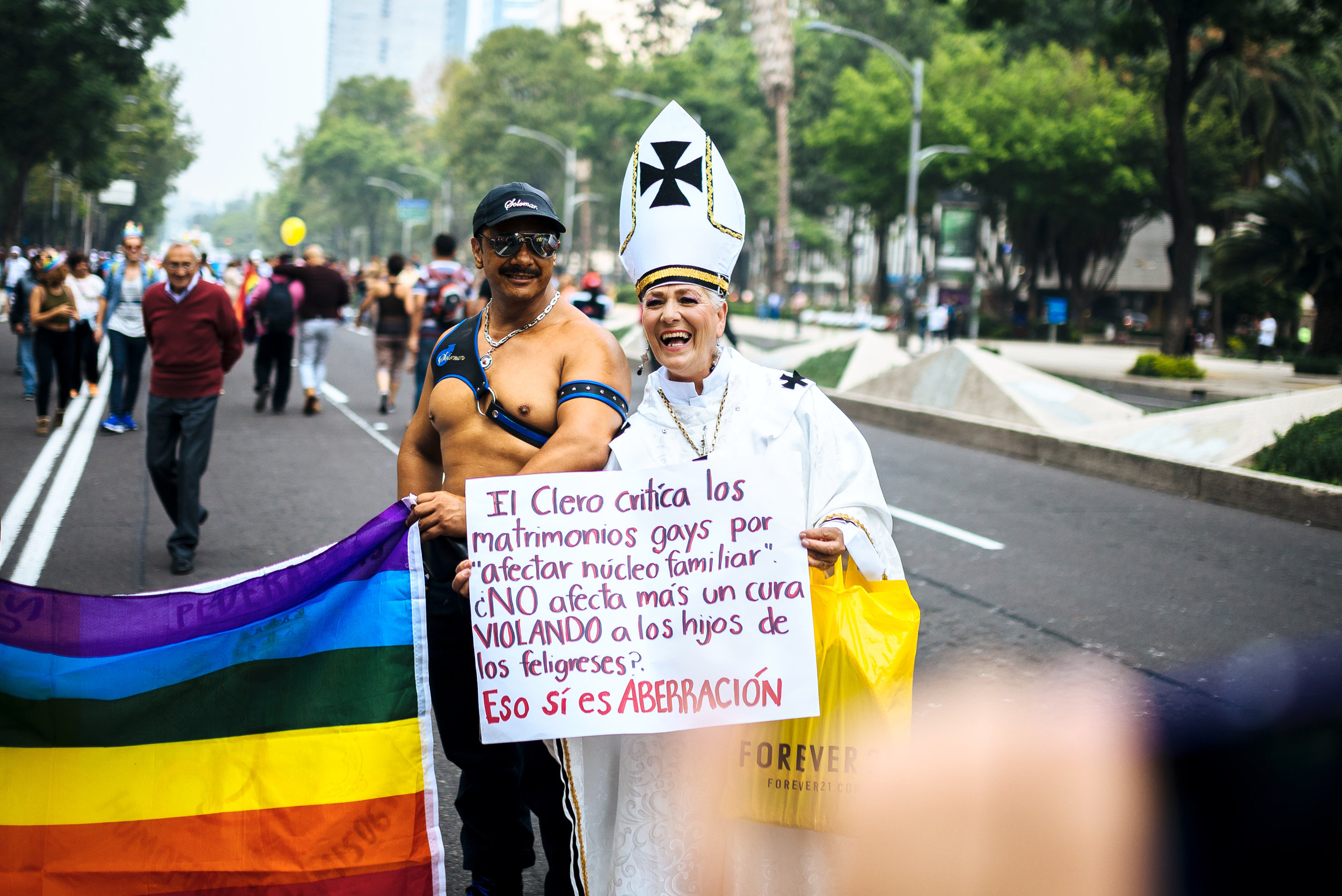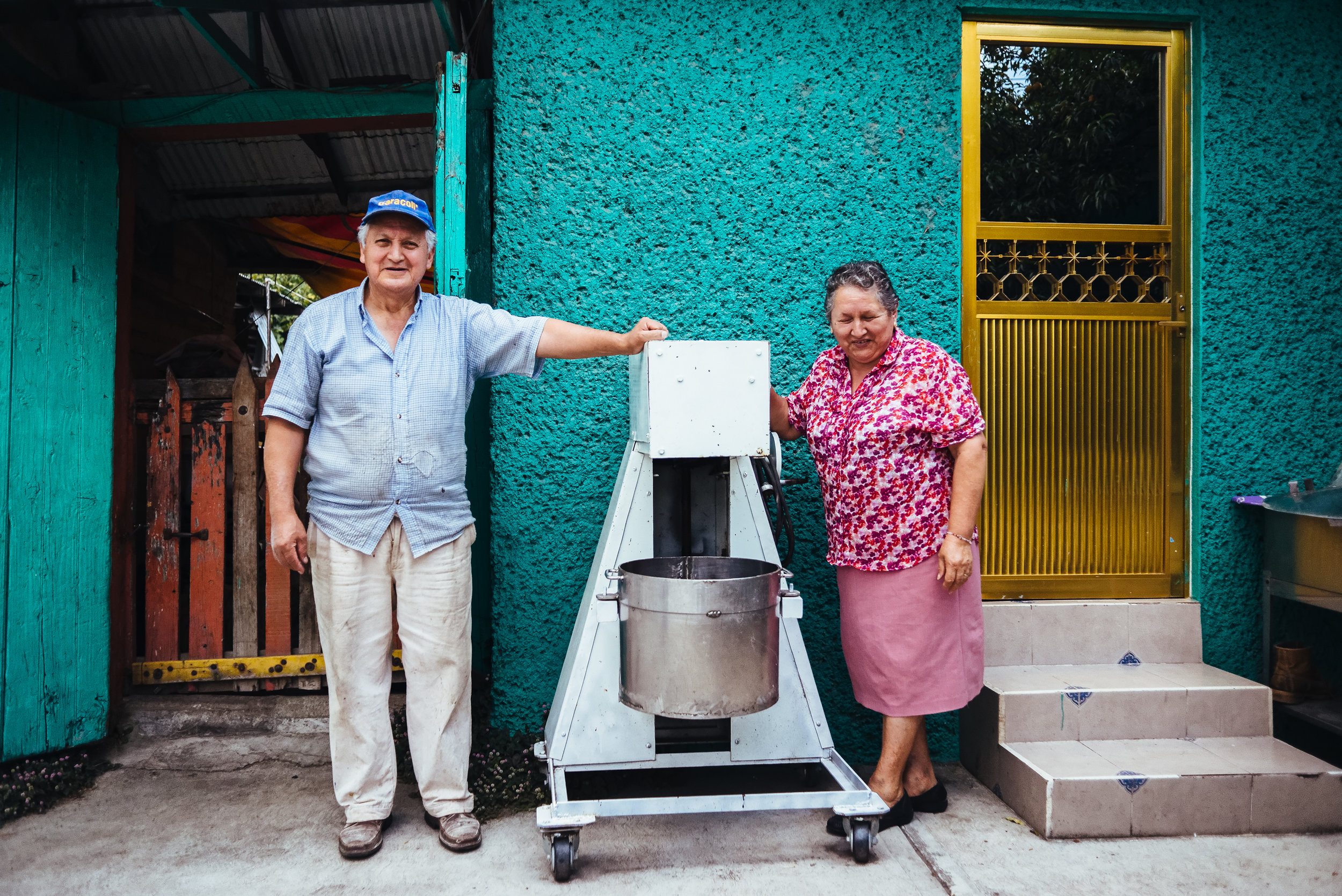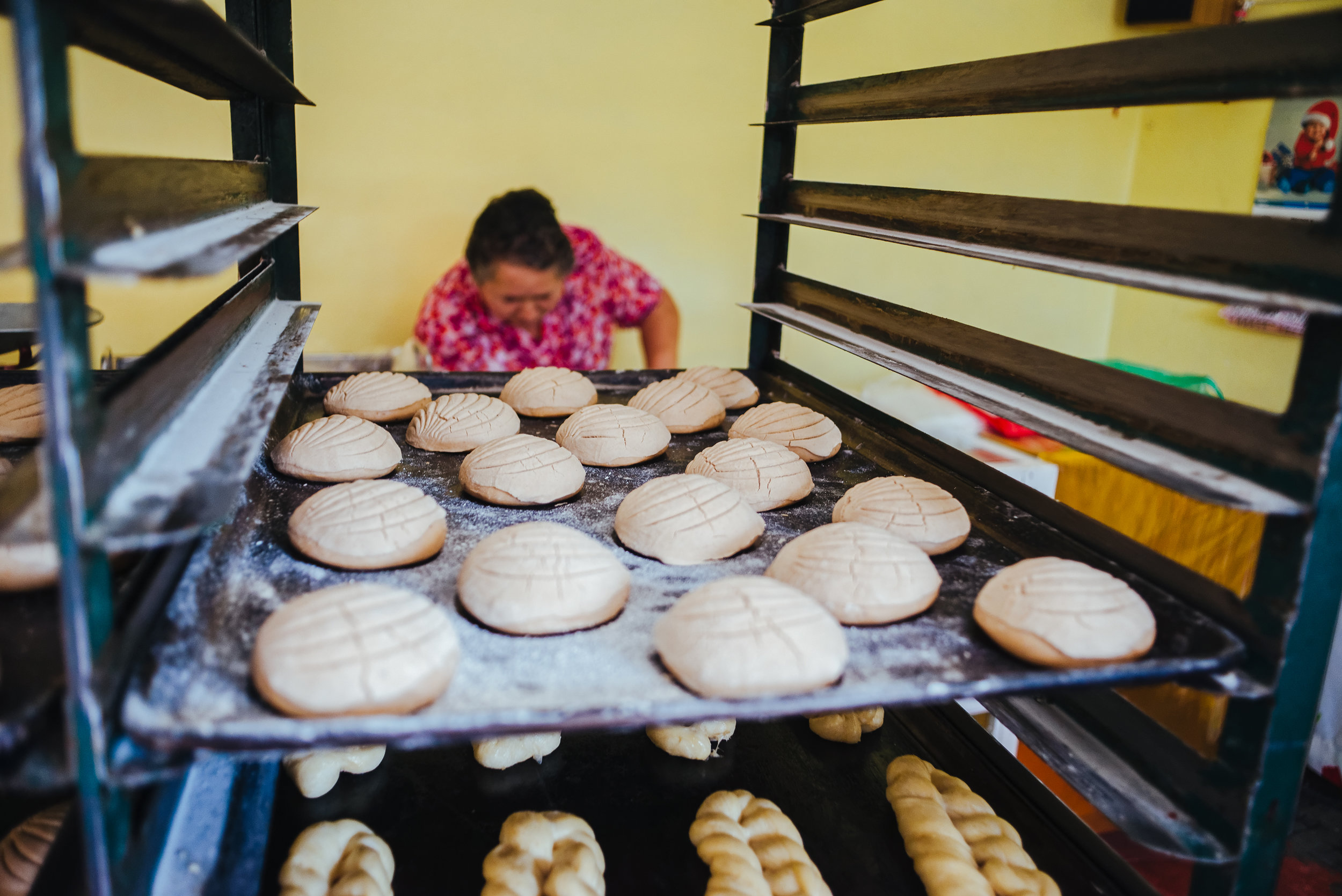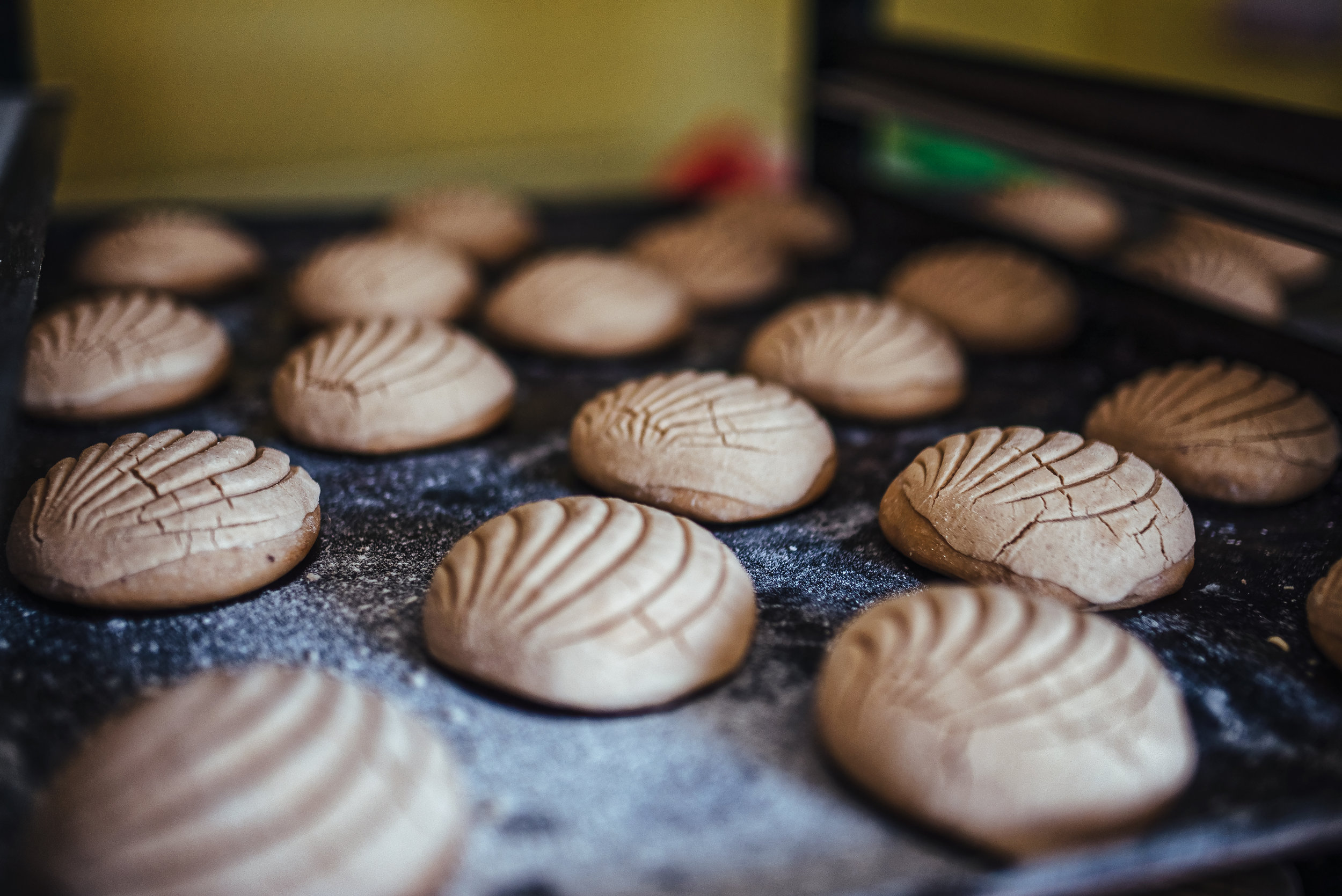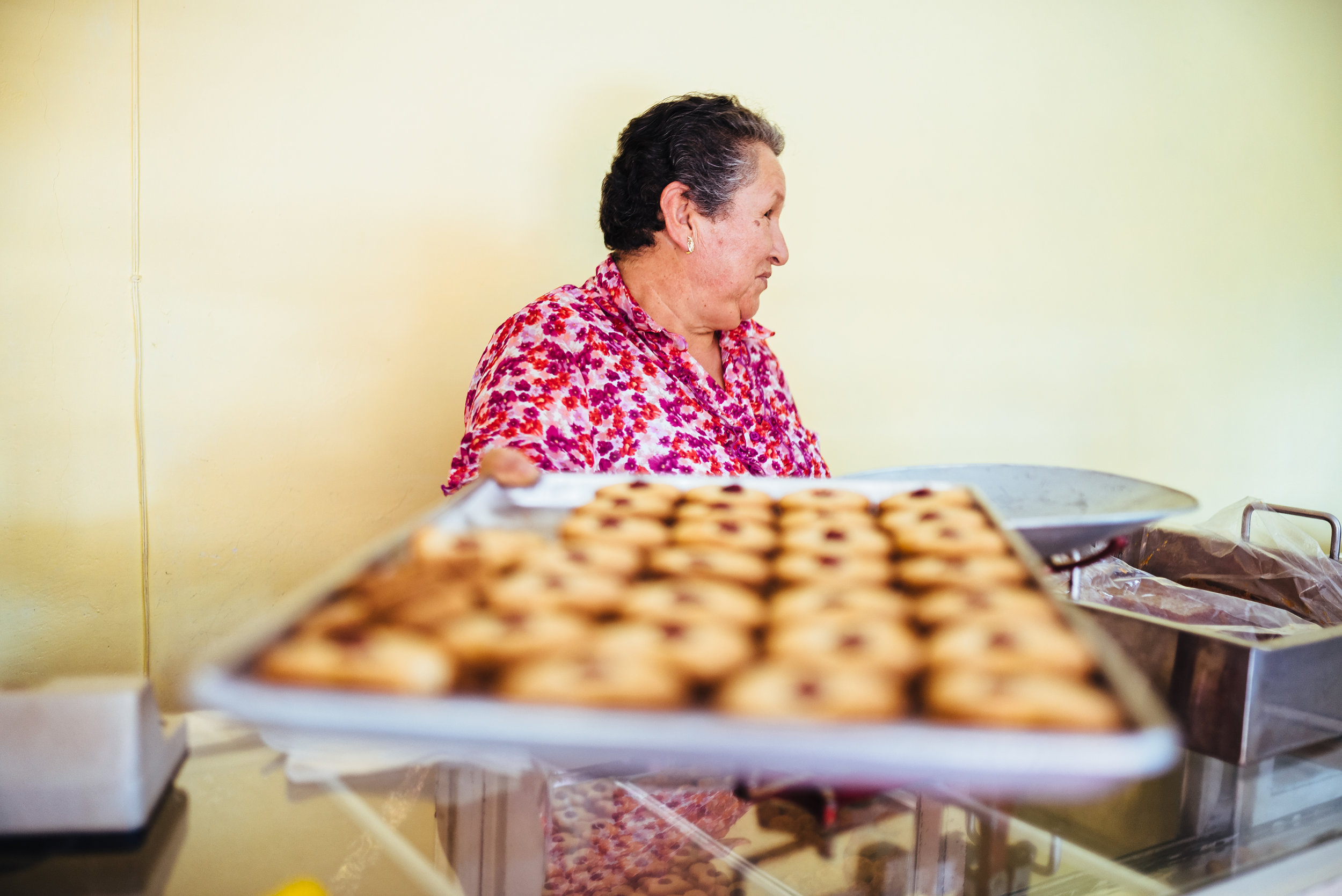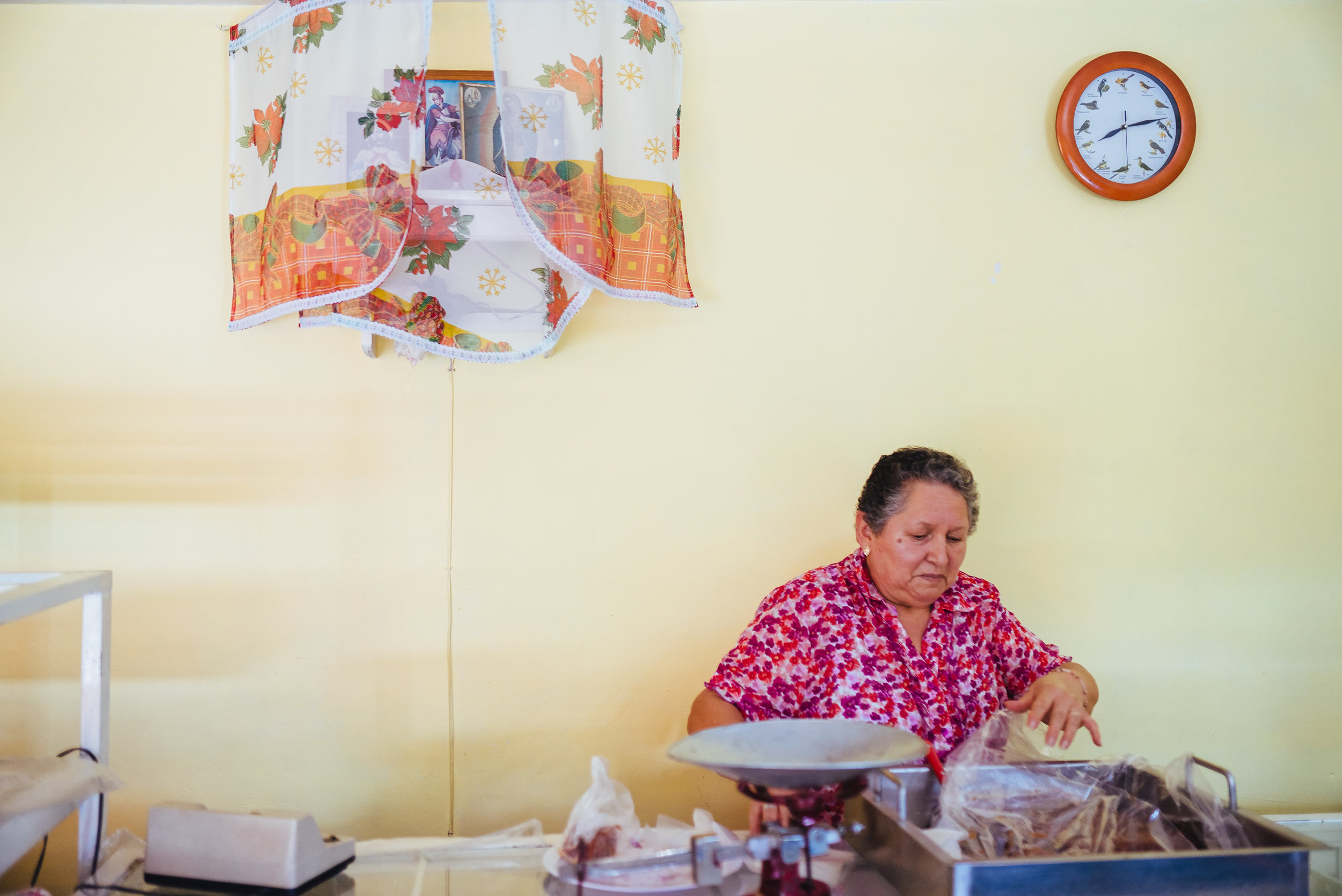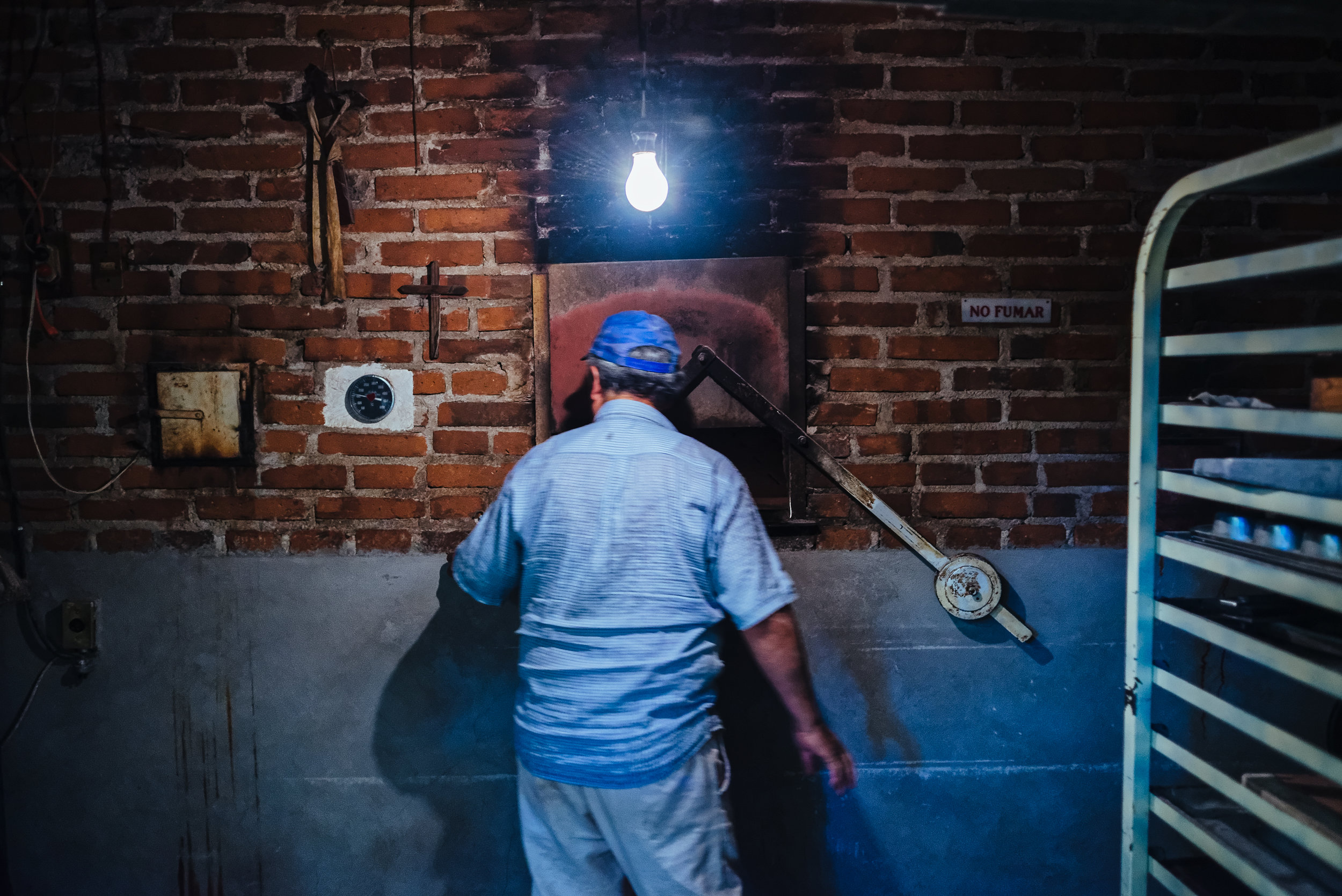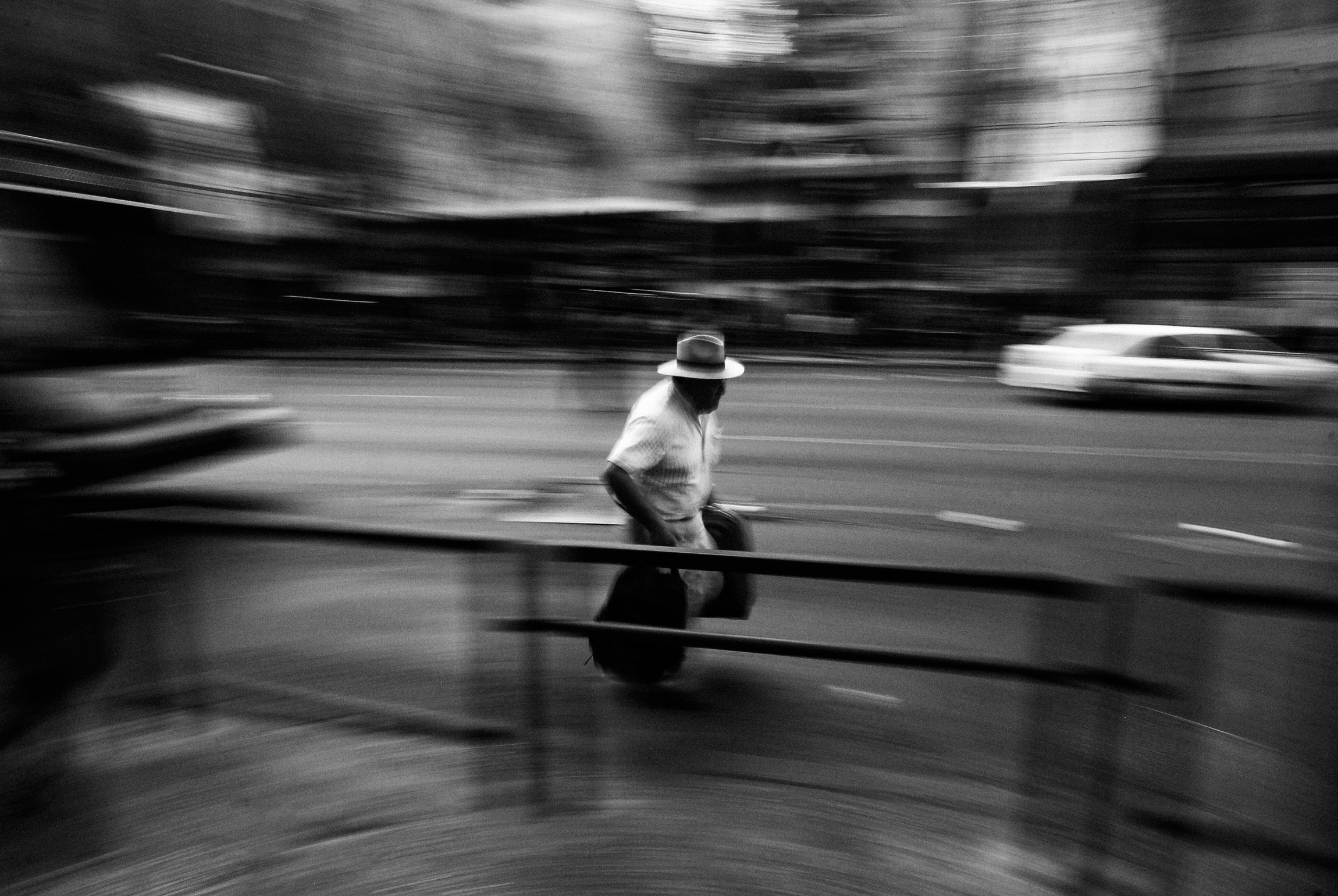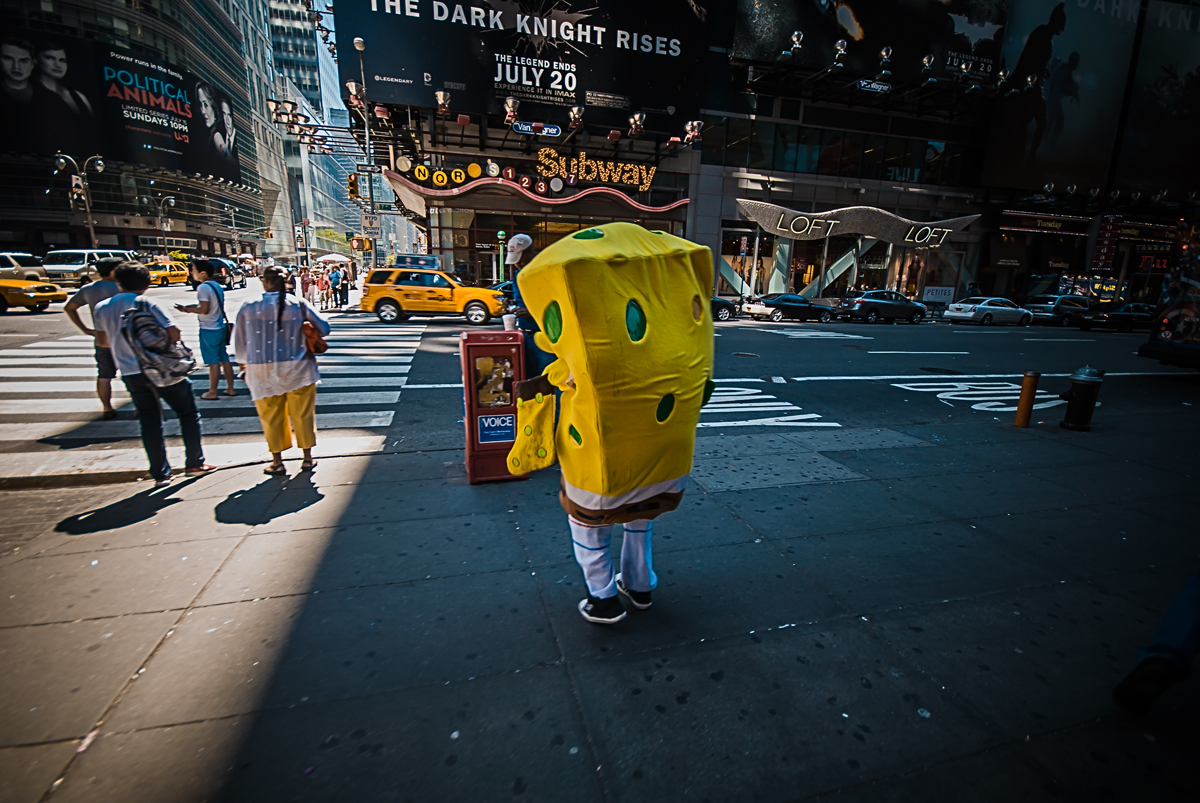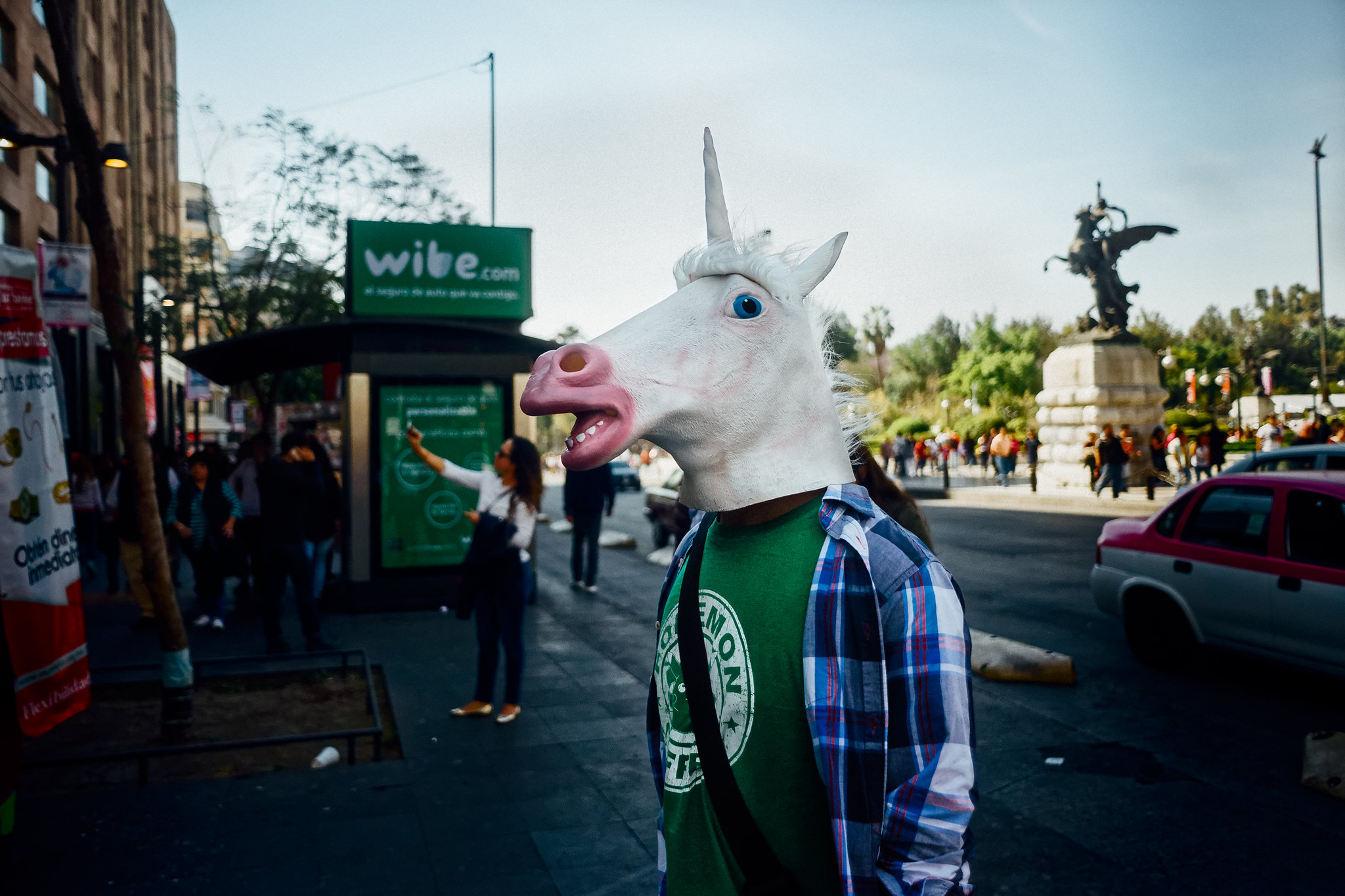Before delving into blogging, my journey as a photographer began on platforms like Flickr and early blogging sites that emerged in the early 2000s. These platforms not only allowed me to share my work daily but also facilitated interactions with fellow photography enthusiasts and professionals. However, as my audience expanded and my site gained visibility through higher rankings on Google searches, the landscape of social media was rapidly evolving.
Instagram was emerging, yet to reach its current prominence, while Twitter served more for microblogging and textual sharing. Despite photographers being present on these platforms, they weren't the primary choice for showcasing work as they are today. Nevertheless, the allure of social media's growing popularity gradually diverted my attention from the traditional means I once believed would offer greater opportunities and visibility.
Unbeknownst to me, the algorithms governing these platforms began to dictate visibility, sometimes hindering rather than aiding my goals. Consequently, I've decided to revive the practice of blogging and self-publishing on my personal website. It's not about seeking attention or validation; rather, it's about reclaiming autonomy and control over my content.
Here, on my personal platform, I can share my thoughts and images without the pressure to compete for likes or followers. Instead, it's about the pure joy of expressing myself and capturing moments that resonate with me. I aim to return here frequently, perhaps even daily, or at least weekly, to share my musings and the moments I cherish.
With that said, allow me to leave you with a glimpse of recent and not-so-recent moments captured during my walks through the vibrant streets of Mexico City.














